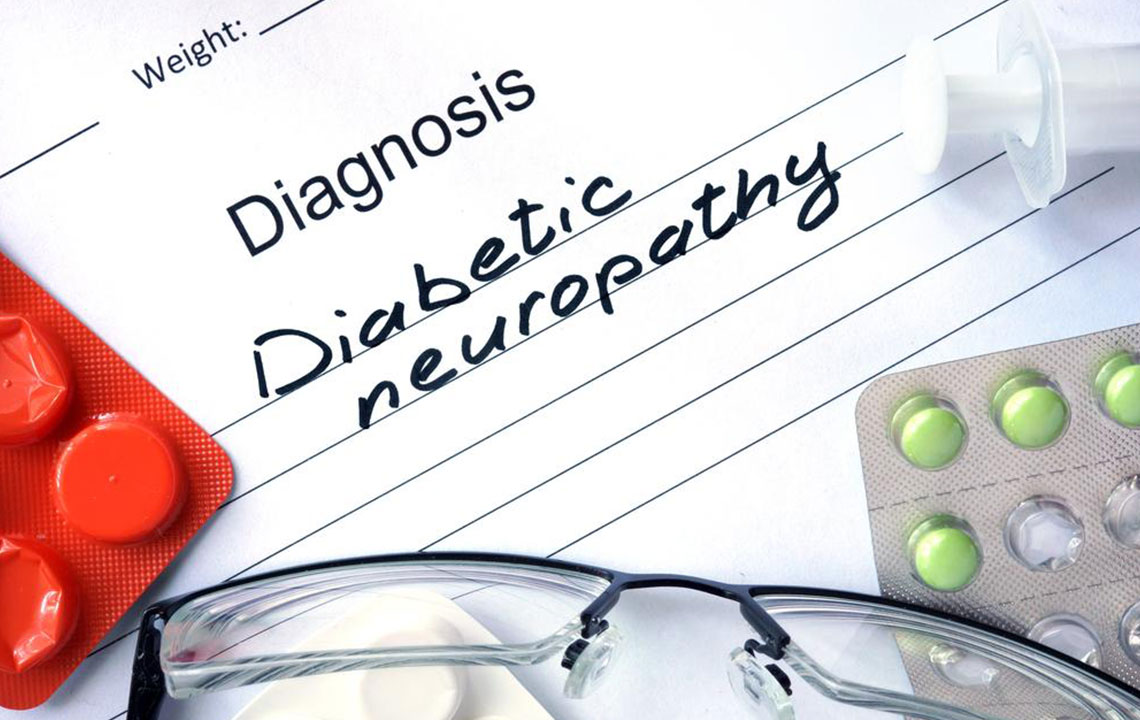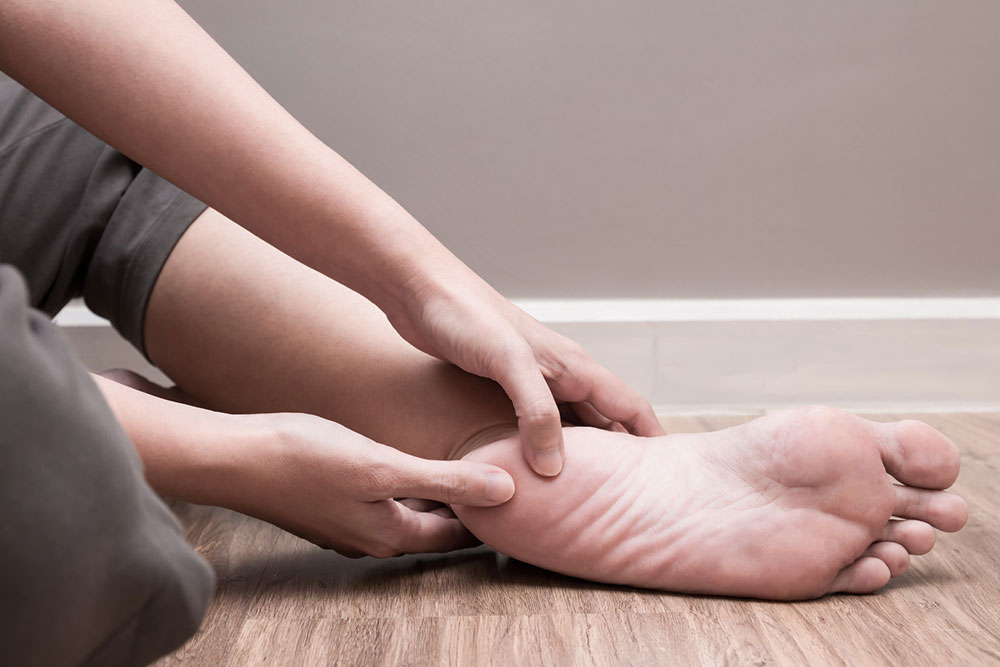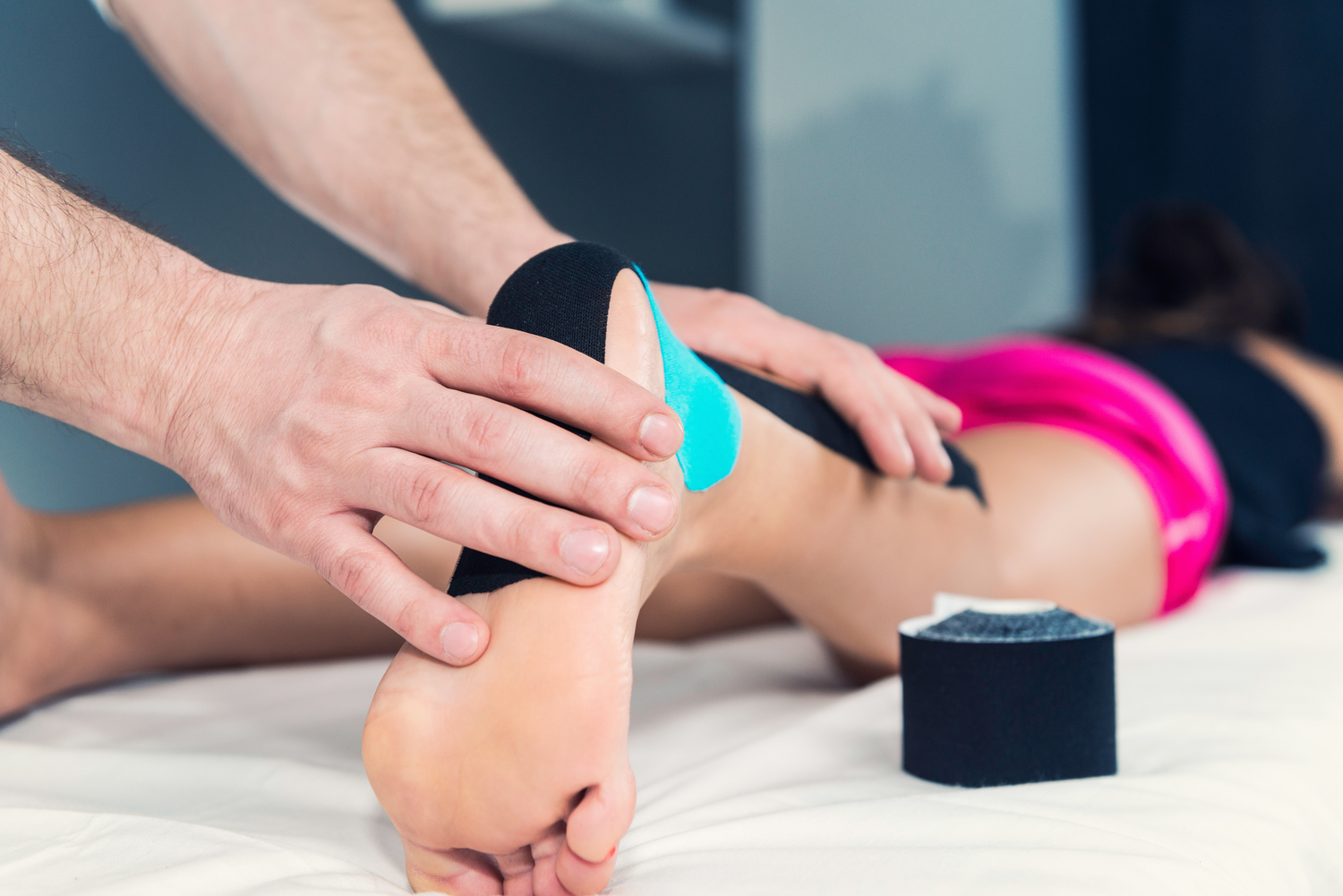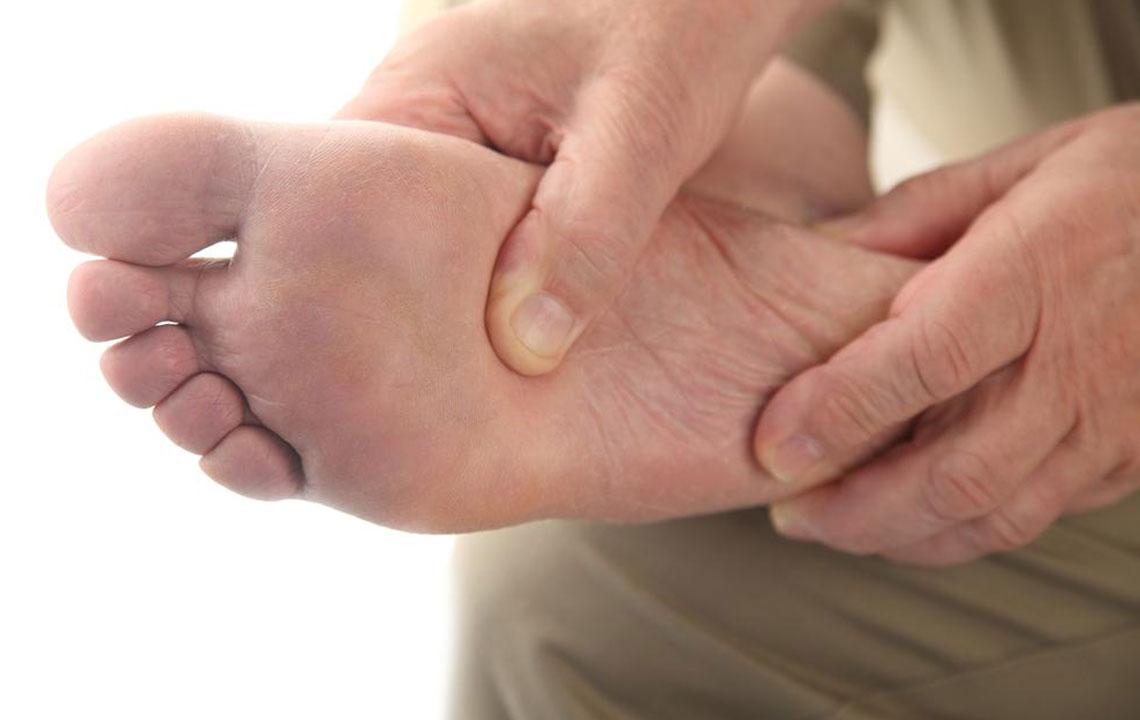Recognizing Symptoms and Natural Remedies for Diabetic Leg Discomfort
This article highlights common signs of diabetic leg discomfort, including numbness, cramps, and foot issues, while emphasizing lifestyle changes like blood sugar management and physical activity. Early recognition and natural remedies are essential for preventing serious complications and improving quality of life for diabetics.
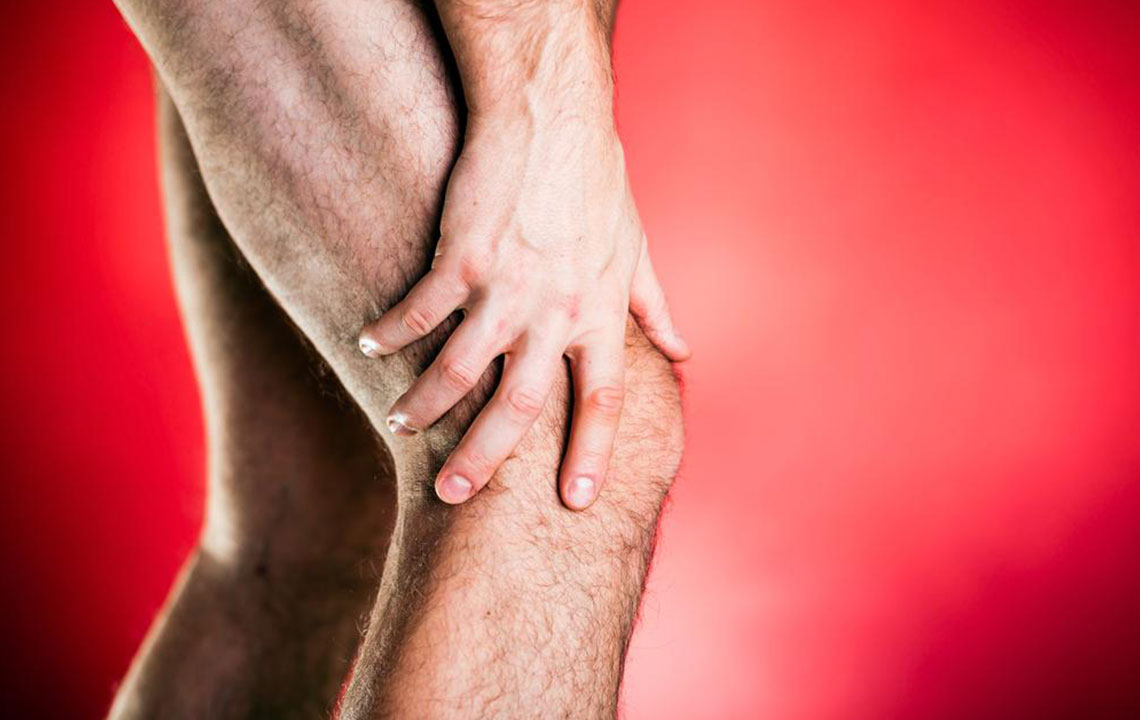
Indicators and Natural Approaches for Managing Diabetic Leg Discomfort
Diabetes is a chronic condition that can lead to serious health issues if not managed properly. One common complication includes leg cramps and pain, which tend to worsen if left unaddressed. Elevated blood sugar levels cause increased urination, leading to dehydration and subsequent leg cramps. Limb pain may also indicate early diabetic symptoms and should be monitored closely by healthcare professionals.
Leg pain combined with other symptoms often points to diabetic neuropathy—nerve damage caused by prolonged high blood sugar. These nerves become sensitive, and changes in temperature, light touch, or vibrations can result in pain or numbness.
Persistent numbness or tingling in the feet and lower legs is a key sign of diabetic nerve damage. This sensation may feel like buzzing or shocks, indicating the adverse effects of diabetes on nerve health.
Impaired touch sensation causes a feeling of wearing gloves or layers on the skin, which can affect reflexes and overall coordination. People experiencing these symptoms should seek medical advice promptly.
Night-time leg cramps are common and often linked to nerve damage, dehydration, or mineral imbalances, such as low potassium or calcium. In diabetics, these cramps are often a warning sign of advancing nerve issues. Early treatment is crucial to prevent serious complications.
Foot problems—including ulcers, infections, deformities, and joint pain—might develop if diabetic leg symptoms progress. These issues are signs of peripheral neuropathy and require immediate medical attention, sometimes hospitalization.
Significant nerve damage may also lead to loss of coordination, making it difficult to judge joint positions, increasing the risk of falls and mobility issues. Addressing these symptoms early is vital for maintaining quality of life.
To naturally alleviate diabetic leg pain, several lifestyle modifications can be effective. Managing blood sugar levels through healthy habits, balanced diet, and regular check-ups can prevent or reduce symptoms. Physical activity helps control blood sugar and enhances muscle strength and joint mobility, thus reducing nerve-related discomfort. Combining proper diet and exercise promotes nerve health and improves overall well-being.


